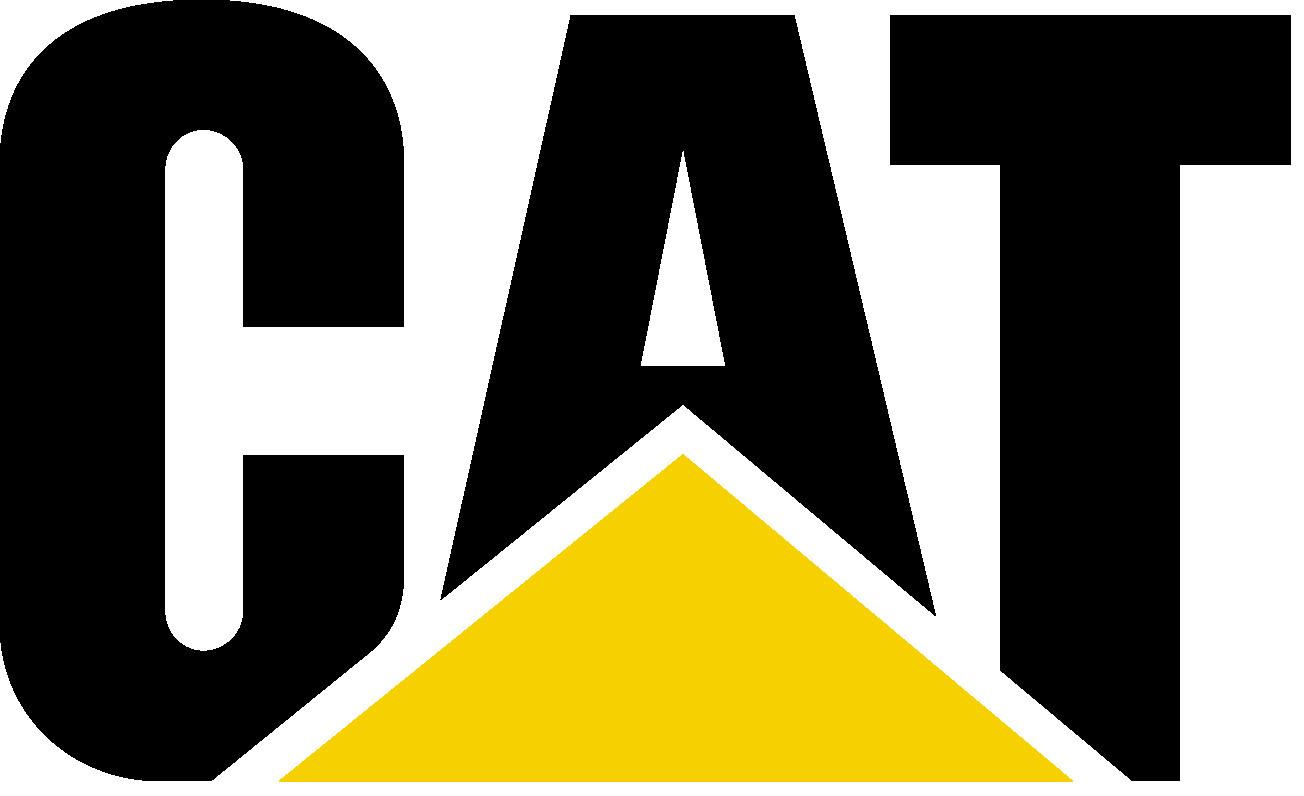Motivation in the Workplace: Practical Techniques for Leaders
White Paper By: Dr. Farnaz Namin, Ph.D.
Center for Work Life Counseling
Introduction
The topic of motivation in workplace plays a central role in the field of management (practically and theoretically). Managers see motivation as an integral part of the performance equation at all levels, while organizational researchers see it as a fundamental building block in the development of useful theories of effective management practice. Indeed, the topic of motivation permeates many of the subfields that compose the study of management, including leadership, teams, performance management, managerial ethics, decision making, and organizational change. It is not surprising, therefore, that this topic has received so much attention over the past several decades in both research journals and management periodicals.
Whether you are trying to get the best out of fifty of your staff or just one, everyone needs some form of motivation
Many business managers today are not aware of the effects that motivation can (and does) have on their business, and it is therefore important they learn and understand the factors that determine positive motivation in the workplace. The size of the business is irrelevant: whether you are trying to get the best out of fifty of your staff or just one, everyone needs some form of motivation. Motivation is something that is approached differently by different businesses and the responsibility of its integration lies with all immediate supervisors of staff. However, it is the business owner who must initiate motivation as a strategy to attain corporate goals.
The term motivation is derived from the Latin word for movement (movere). Building on this concept, Atkinson defines motivation as “the contemporary (immediate) influence on direction, vigor, and persistence of action” (Atkinson), while Vroom defines it as “a process governing choice made by persons… among alternative forms of voluntary activity” (Vroom). Campbell and Pritchard suggest that motivation has to do with a set of independent/ dependent variable relationships that explain the direction, amplitude, and persistence of an individual’s behavior, holding constant the effects of aptitude, skill, and understanding of the task, and the constraints operating in the environment (Campbell).
This essay helps us to understand the importance and effects of motivation by identifying key factors that determine the rate of motivation in the employees. These factors are linked directly to their individual needs, behavior and attitudes as you will find out from the following content.
Motivation has to be based on theories
The earliest approaches to understanding human motivation date from the time of the Greek philosophers and focus on the concept of hedonism as a principle driving force in behavior. Individuals were seen as focusing their efforts on seeking pleasure and avoiding pain. This principle was later refined and further developed in the works of philosophers like Locke, Bentham, Mill, and Helvetius, in the seventeenth and eighteenth centuries.
Toward the end of the nineteenth century, the issue of motivation began to migrate from the realm of philosophy to the newly emerging science of psychology. Challenges immediately arose over the use of hedonism as the basis for the study of motivation. The hedonistic assumption has no empirical content and was not testable. As a result, behavioral scientists began searching for more empirically based models to explain motivation.
Among these early models were instinct theories, such as those proposed by James, Freud, and McDougall. Instead of viewing behavior as highly rational, these theorists argued that much behavior resulted from instinct, defined by McDougall as “an inherited or innate psychological predisposition which determined its possessor to perceive, or pay attention to, objects of a certain class, to experience an emotional excitement of a particular quality upon perceiving such an object, and to act in regard to it in a particular manner (McDougall).
Beginning around the 1920s, however, as increased limitations of the theory began to emerge, instinct theories began to be replaced by models based on drive or reinforcement. Led by such psychologists as Thorndike, Woodworth, and Hull, drive theorists introduced the concept of learning in motivated behavior and posited that decisions concerning present or future behaviors are largely influenced by the consequences of rewards associated with past behavior.
While psychologists were focusing on instincts and drives, managers were focusing on more pragmatic issues. A key development here was the work of Frederick Taylor and his colleagues in the scientific management movement. Coming from an industrial engineering background, Taylor focused his attention on the inefficiencies of factory production in an increasingly industrialized age. These colleagues proposed a new and paternalistic approach to managing workers that relied on a combination of job training, pay-for-performance incentive systems, improved employee selection techniques, and job redesign, including the introduction of ergonomics. Taylor and his associates saw scientific management as an economic boon to both workers and management through the use of improved manufacturing techniques, increased operating efficiency, and shared rewards. However, the subsequent rise of an increasingly sophisticated workforce, coupled with company efforts to maximize productivity without simultaneously increasing employee rewards, eventually served to discredit this system, leading to the widespread rise of unionization efforts in the 1930s.
By the 1950s, several new models of work motivation emerged, which collectively have been referred to as content theories, since their principal aim was to identify factors associated with motivation. Included here is Maslow’s (1954) need hierarchy theory, which suggests that, as individuals develop, they work their way up a hierarchy based on the fulfillment of a series of prioritized needs, including physiological, safety and security, belongingness, esteem, and self-actualization. Maslow argued that the first three needs on the list represent deficiency needs that people must master before they can develop into a healthy personality, while the last two represent growth needs that relate to individual achievement and the development of human potential.
A second need theory of the same era, first introduced by Murray (1938) but more fully developed by McClelland (1961,1971), ignored the concept of a hierarchy and focused instead on the motivational potency of an array of distinct and clearly defined needs, including achievement, affiliation, power, and autonomy. McClelland argued that, at any given time, individuals possess several often competing needs that serve to motivate behavior when activated. This contrasts with Maslow’s notion of a steady progression over time up a hypothetical hierarchy as individuals grow and mature. By far, most of the attention in McClelland’s model focused on the needs for achievement (defined as behavior directed toward competition with a standard of excellence) and power (defined as a need to have control over one’s environment). McClelland’s conceptualization offered researchers a set of clearly defined needs as they related to workplace behavior, in contrast to Maslow’s more abstract conceptualizations (e.g., need for achievement versus need for self-actualization) and, thus, has found considerable popularity in research on individual factors relating to work motivation.
In his motivation-hygiene theory, Herzberg argued that work motivation is largely influenced by the extent to which a job is intrinsically challenging and provides opportunities for recognition and reinforcement
While Maslow and McClelland and their colleagues focused on the role of individual differences in motivation, Herzberg (1966) sought to understand how work activities and the nature of one’s job influence motivation and performance. In his motivation-hygiene theory, Herzberg argued that work motivation is largely influenced by the extent to which a job is intrinsically challenging and provides opportunities for recognition and reinforcement. Herzberg saw the context surrounding a job (which he referred to as hygiene factors) as being far more temporal in terms of leading to satisfaction and future motivation. Herzberg deserves credit for introducing the field to the role of job design (specifically, job enrichment) as a key factor in work motivation and job attitudes.
Motivation depends on the performance of the individual
There are 2 main broad categories of motivation: intrinsic motivation and extrinsic motivation.
Extrinsic Motivation
Extrinsic motivation is motivation that comes from things or factors that are outside the individual. For example being motivated to work hard at the office because you are looking for a promotion is a type of extrinsic motivation. Social recognition, money, fame, competition or material achievements are all examples of extrinsic motivation.
Intrinsic Motivation
Intrinsic motivation is motivation that comes from within. It comes from the personal enjoyment and educational achievement that we derive from doing that particular thing. For example for people who love music, their motivation to practice the instrument, attend classes etc is intrinsic motivation.
Intrinsic motivation is crucial in today’s work environment. Research shows that it is a key factor in performance and innovation. At a personal level, intrinsic motivation makes your work fulfilling. It’s a major reason for deciding to stay on a job. It helps keep your stress level down.
Techniques of employee motivation
As a result managers in the USA and elsewhere have recently been showing great interest in job enrichment programs. The increasing the content of individual jobs is proposed to increase worker satisfaction and the meaningfulness of work. Job enlargement, job enrichment and job rotation are three basic approaches to defining job content.
Job Enlargement
Job enlargement involves expanding the job of an employee that has them doing more work of a similar nature to what they already do. This may be allowing them to complete the whole task instead of just part of it, for example, packaging the products as well as manufacturing them. This process ideally removes the boredom out of the job by eliminating the repetitiveness out of tasks and allowing them to complete the whole process, further increasing their responsibility.
Job Enrichment
Job enrichment is an attempt to give workers more control over their tasks and more responsibility for design, execution, and output. The worker assumes some of the functions previously carried out by his or her immediate supervisor or by other staff.
Job Rotation
Job rotation is a practice whereby each employee learns several operations in manufacturing process and rotates through each in a set period.
Job rotation has important implications for firm learning. On one hand, when employees rotate, the firm receives information about the quality of various job-employee matches. On the other hand, without rotation, the firm receives only direct information about one match, but the information it gets about this one match is very reliable.
How to improve employee motivation in the workplace
“People are our most valuable asset” is one of the oldest clichés in business today. Yet it is true, and evidence exists that organizations worldwide are struggling to meet production and service demands knowing that these outcomes are directly dependent on the ability, commitment and skill of a work force that is predominantly disengaged.
For as long as organizational dynamics have been studied, at least in the past century, researchers have been struggling to understand how the many aspects of human relations in the workplace affect bottom-line performance. Organizations must consider the nature of employee engagement, because this one variable is likely to predict an organization’s ability to achieve high results with productivity, profitability, customer service, staff retention, and workplace safety.
Job satisfaction is critical to maintaining an engaged work force. A 2005 report of the Conference Board (based on a national survey) shows that a growing number of employees are unhappy with their jobs. Dissatisfaction crosses all ages and income levels. According to the survey, just more than half of all workers earning more than $50,000 are satisfied with their jobs. However, only 14 percent are very satisfied. Of those earning less than $15,000, about 45 percent are satisfied.
Satisfaction with pay is less powerful as a predictor of job satisfaction or employee engagement and is less likely to predict whether an employee stays or goes. Employees may join a company because of its generous pay scale or lucrative benefits package, but how long they stay and how productive they are is determined by the relationship with their immediate supervisor much more than by their satisfaction with pay. Research indicates employees are “engaged” when:
- They know what is expected of them
- They have the right materials and equipment to do their work correctly
- They have the opportunity to do what they do best every day
- In the past seven days, they have received recognition or praise for doing good work
- Their supervisor, or someone at work, seems to care about them as a person
- There is someone at work who encourages their development;
- Their opinions seem to count
- The mission of the company makes them feel like their work is important
- Their co-workers are committed to doing quality work
- They have a best friend at work — someone to unconditionally rely upon
- In the past six months, they have talked with someone about their progress
- They have opportunities to learn and grow
Managers need to keep employees engaged. They need to demonstrate a sincere sense of caring about employees and what is important to them. Managers can help employees refocus on the demands of their roles and on the skills, knowledge and talents they bring to their jobs. The manager who takes time to discuss employee strengths and how these can make a difference forges essential ties and connections that lead to employee commitment.
Engaged workers stay with the organization longer and are more committed to quality and growth than are those who Gallup describes as non-engaged and actively disengaged workers (Gallup). For employees to engage and commit to their employer, they need:
- A strong relationship with their manager
- Clear communication from their manager
- A clear path set for concentrating on what they do best
- Strong co-worker relationships
- A strong commitment to their co-workers so they will take risks and stretch for excellence
- Opportunities to learn and grow
Most of the time, having meaningful conversations that strengthen commitment can interrupt the disengagement process. Great managers clearly define and consistently communicate goals and objectives to their team members and are always soliciting ideas and feedback from them. And when a team member has a problem, a great manager will keep the communication open, honest and direct, even when communicating a difficult message.
Conclusion
 We have discussed some of the pertinent theories bearing on human motivation and this is the balance by some of the practical factors which can lead to excellence. Without motivation in the workplace, your business will suffer from the lack of efficiency that your employees may fail to apply. This is because they have no incentive to perform tasks to a high standard or complete them on time. It is therefore important that you give them something to work for as a reward for their high level of performance, all being essential to the success of your business.
We have discussed some of the pertinent theories bearing on human motivation and this is the balance by some of the practical factors which can lead to excellence. Without motivation in the workplace, your business will suffer from the lack of efficiency that your employees may fail to apply. This is because they have no incentive to perform tasks to a high standard or complete them on time. It is therefore important that you give them something to work for as a reward for their high level of performance, all being essential to the success of your business.
Is money important in the employee’s motivation? Yes, but money alone is not enough. Everyone is motivated by different things and a majority of these factors are not money orientated: instead they react more effectively to incentives that offer personal recognition and achievement. In which case, you should determine what motivates individual people and further determine whether a financial or non-financial incentive is the solution. There is a fine line between factors that motivate people and try to increase the level of efficiency in employees by reducing job dissatisfaction.
References
Atkinson, J. W. Introduction to motivation. Princeton, NJ: Van Nostrand, 1964.
Campbell, J. P., & Pritchard, R. D. Motivation theory in industrial and organizational psychology. Chicago: Rand McNally, 1976.
Gallup. Gallup Management Journal. <http://www.gallup.com/>.
McDougall, W. An introduction to social psychology. London: Methuen, 1908.
Vroom, V. H. Work and motivation. New York: Wiley, 1964.














